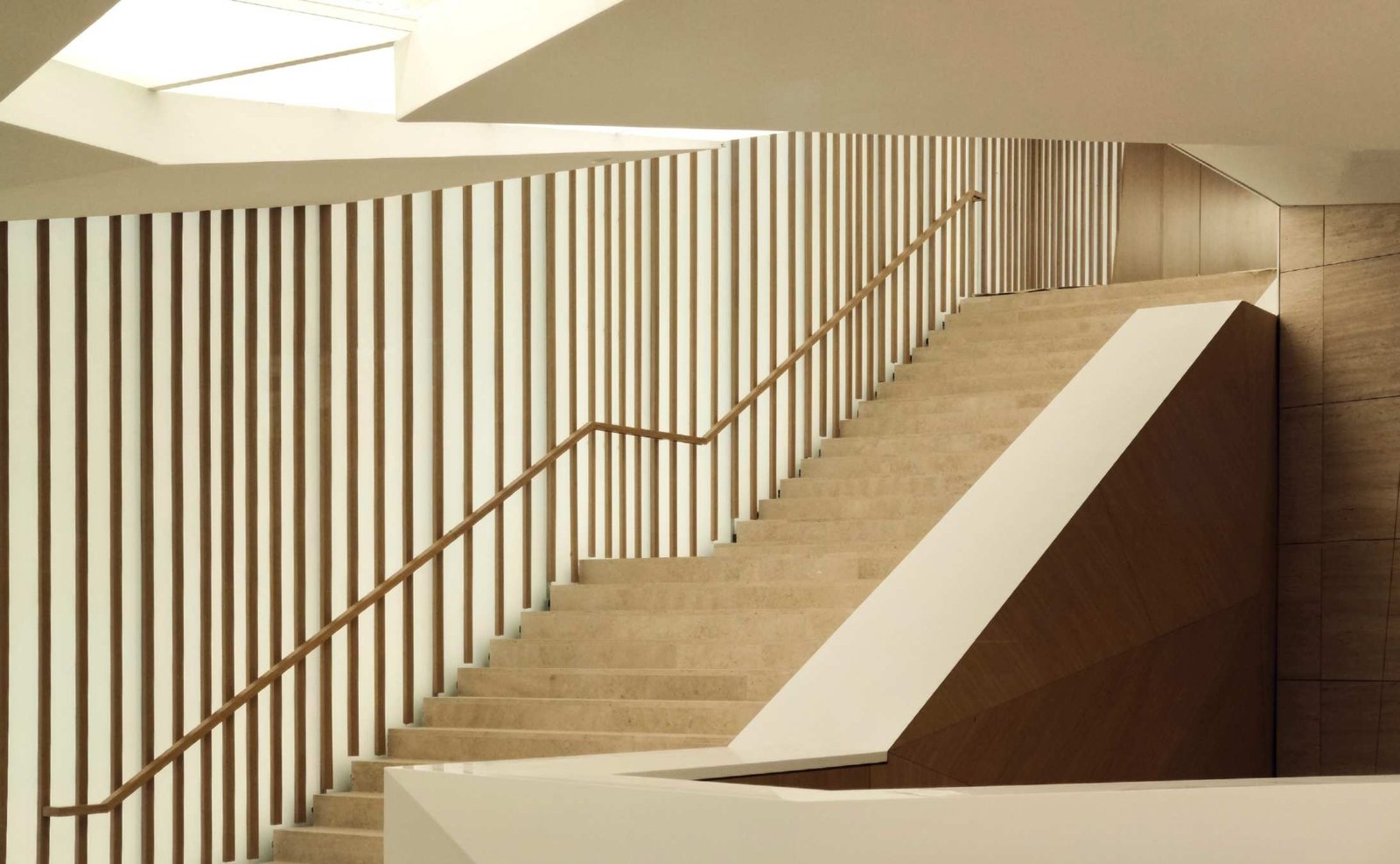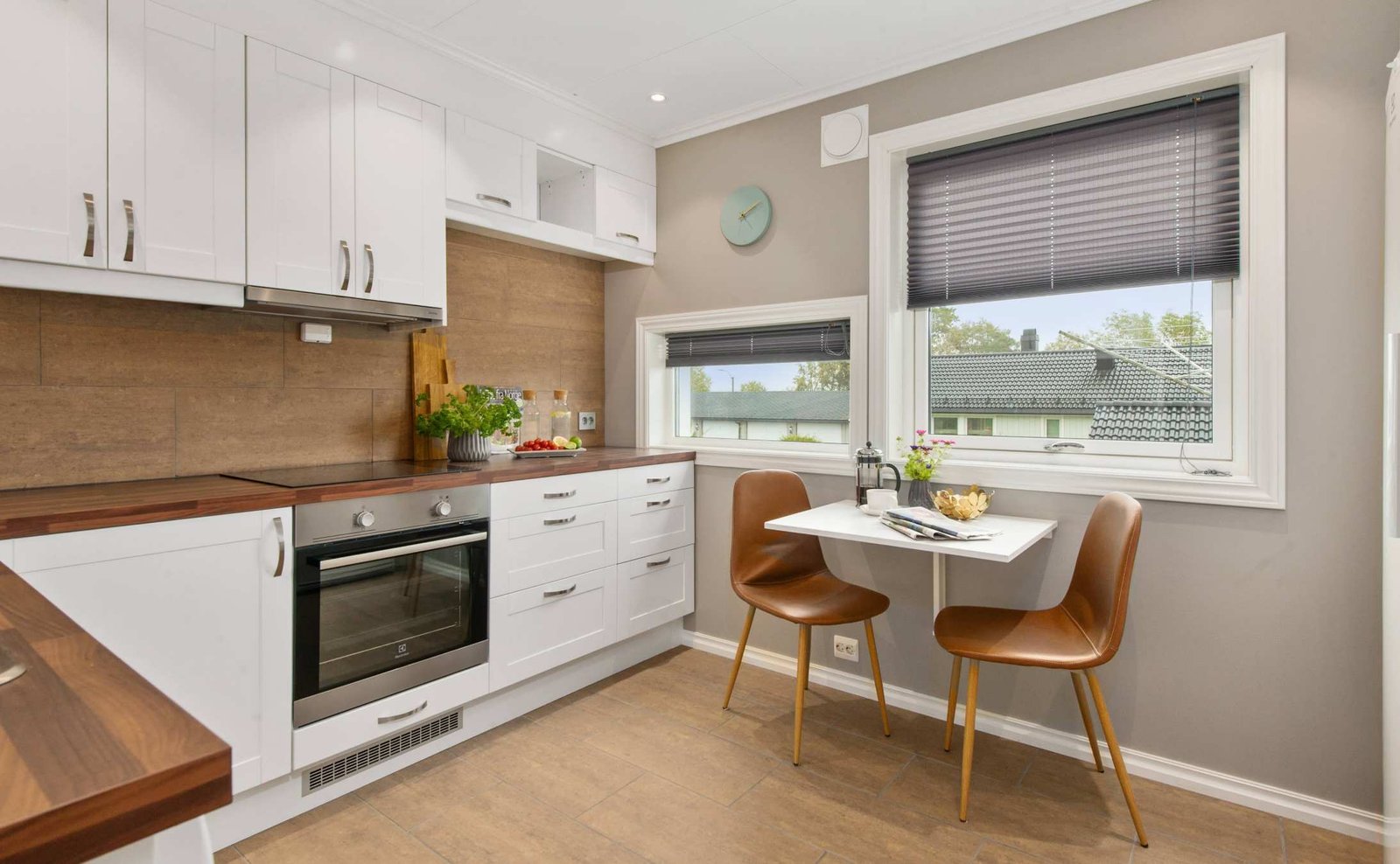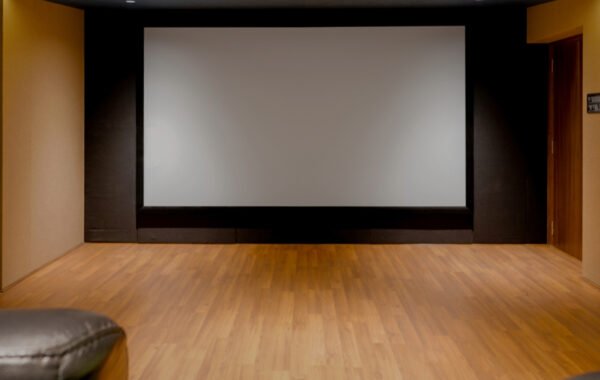
Home Theater Window-Possibilities, Positioning and Acoustic Treatment
How to position and treat your Home Theater Windows?
For most cinema and audio buffs, installing a home theater window is not at the top of their list of priorities. A dedicated home theater is supposed to recreate a high-end cinematic experience in your home, and cinemas are typically pitch dark without discernible windows.
A home theater, however, is not just a cinema hall that fits into a room in your house but also a hub for entertainment and relaxation – and ventilation becomes a necessity whenever groups of people gather in an enclosed space.
Does your home theater need a window?
Any high-end home theater designed to accommodate even small groups of people will require a window to ensure the flow of fresh air and entry of natural light throughout the space.
Additionally, several home theaters are designed with snack counters, bars, and refrigerators so people can indulge their taste buds while watching their favorite movies and shows.
Since most home theaters are carpeted for Acoustics, there’s a big chance of someone spilling food or a drink on the carpet. Having a window in the home theater is crucial in these scenarios as the window can be used to clear out the smell and aid in cleanup.
Best position and size for windows in a home theater
The ideal window size for a home theater would be 3’ wide and 4’ high – this way the window isn’t so small that it restricts airflow or so big that it interferes with the home theater’s design.
The best position for a window opening in a home theater is in the first half of the room running lengthwise, i.e between the screen and the home theater’s seating arrangement.
How to treat home theater windows for acoustics and aesthetics
A common objection to incorporating windows into a home theater’s design is that they will interfere with the home theater’s acoustics or even make the home theater look more like a regular room than an entertainment hub. But this needn’t be the case.
Will a window affect your home theater’s soundproofing?
No, soundproofing is not a problem for home theater windows placement.
Here are some steps we recommend to preserve the acoustics of your home theater and ensure good soundproofing when there are windows involved:
- Install paneled shutters for your windows that can swing open or shut. These panels must be of adequate thickness to stop any sound from escaping the home theater’s confines.
- Seal off all the edges of the home theater window and lock the frame in place using a rubber sealant
- Additionally, you can air-seal the window from the inside and use special gaskets to bolster the home theater window and keep the sound in.
Read about one of our projects to learn more about how the Symphony440 design consultant groups treats home theater windows to ensure optimal acoustic performance.
Will a window take away from your home theater’s aesthetics?
With the right home theater treatment, Home theater windows can be made to blend seamlessly into the space.
- The paneling covering the home theater window is positioned flush with the wall paneling and finished with the same fabric so that it doesn’t stand out and you can barely tell that there’s a window in the first place.
- To ensure optimal lighting, you can use thick curtains to prevent the entry of light and improve acoustic performance.
- A custom UPVC window can be installed on the outside of the home theater in case the opening on the inside is covered in paneling.
Here’s an example of a high-end home theater with a window that’s been aesthetically treated. At first glance it’s impossible to tell that the home theater even has a window!
Start your dream home theater project today
Whether you’re keen on having a window in your home theater or not, you’ll want a dedicated and expert team of consultants to design the best home theater for your unique needs.
The Symphony440 design group specializes in recreating high-end cinema experiences at a budget and without compromising on acoustic or aesthetic quality.
Get in touch with us to start your journey to the home cinema experience you’ve always wanted.







